Six tips to stay cool in the heatwave
How to keep safe and comfortable during record-breaking UK temperatures
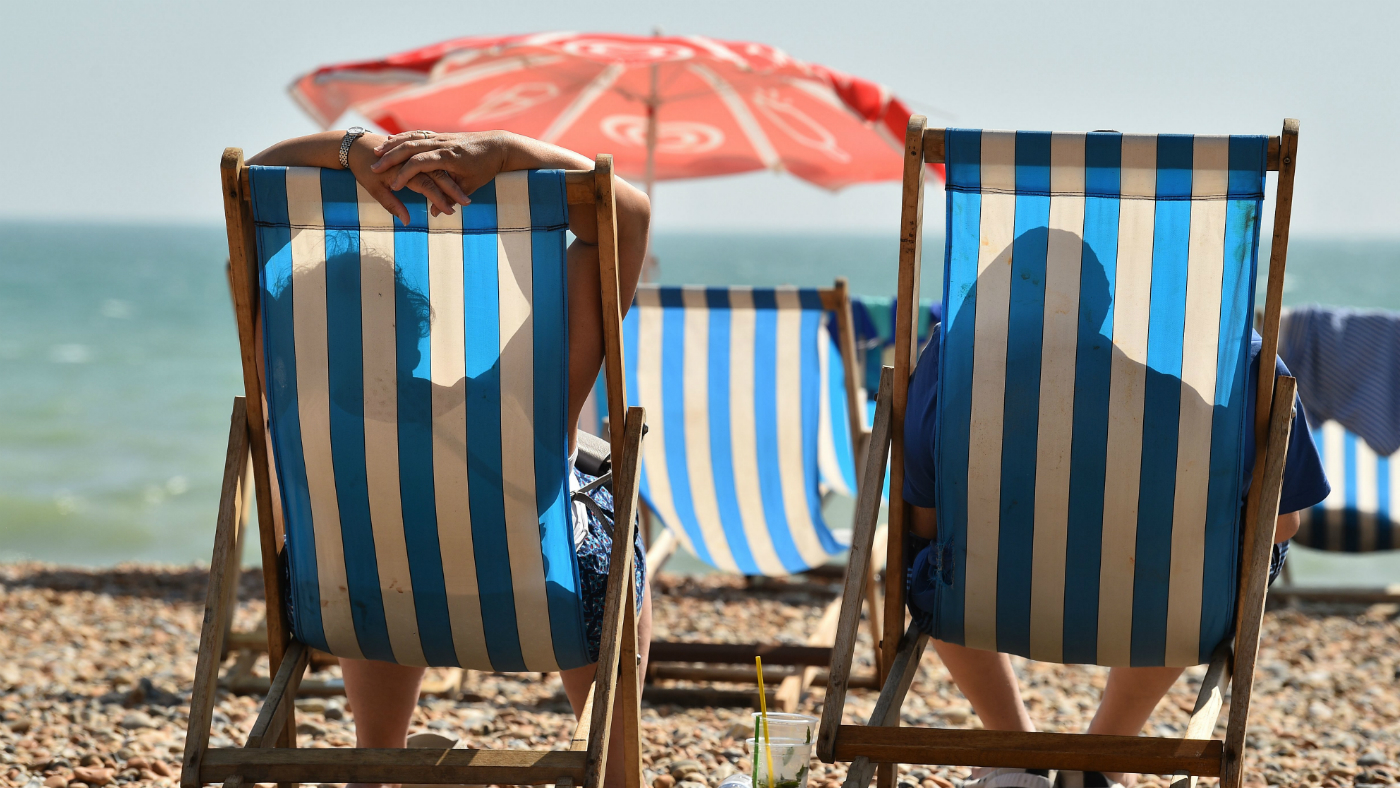
When you make a purchase through links on our site, we may earn a commission
Brits are bracing for what could turn out to be the hottest day on record in the UK, with temperatures expected to beat the previous high of 38.5C recorded in the heatwave of August 2003.
Southern and eastern England could reach a sweltering 39C later today, and Belgium, Germany, and the Netherlands are expecting record highs as well, reports The Guardian.
The Week
Escape your echo chamber. Get the facts behind the news, plus analysis from multiple perspectives.

Sign up for The Week's Free Newsletters
From our morning news briefing to a weekly Good News Newsletter, get the best of The Week delivered directly to your inbox.
From our morning news briefing to a weekly Good News Newsletter, get the best of The Week delivered directly to your inbox.
The Government's advisory committee on climate change recently warned that the UK is poorly equipped to handle heatwaves, with homes, hospitals and schools all susceptible to overheating. Everything from our heavily insulated houses to our lack of public drinking fountains points to a nation ill-prepared for extreme heat.
Here are a few tips to help you stay cool and comfortable as the mercury rises:
Windows - open or closed?
The advice on this one is a tad confusing - some advise closing windows in the heat, while others suggest that drawing the curtains or blinds will do. The official NHS position is that sun-facing windows should remain partly or completely closed during the hottest hours, and can then be opened as the weather it starts to cool down. “Blocking out light on sun-facing sides of the house can also make a big difference,” says New Scientist.
A free daily email with the biggest news stories of the day – and the best features from TheWeek.com
“The best way is to have shutters fitted on the outside of windows, blocking the light before it gets into the house. If that isn’t possible, closing curtains will help.”
Stay hydrated
Keeping a supply of water at hand is key during hot weather, especially if you’re travelling on public transport with no air conditioning or are working outside. Staying topped up through the day will lessen your risk of dehydration, whose symptoms include feeling thirsty, dizzy, or light-headed. Babies, children, and the elderly are the most at risk of becoming dehydrated, so keep an eye on the most vulnerable.
Skip the gym
While you can still follow your exercise routine during a heatwave, it is advisable to take precautions, as people are more vulnerable to dehydration and heatstroke while physically active in this weather. This is especially true if you’re exercising outside. If you do want to exercise in the heat, consider going for a swim or finding an air-conditioned gym rather than running laps around the park.
Optimise your fans
Few homes in the UK are fitted with air conditioning, but that just means you may have to get creative with your fans. To get an extra cool breeze going, Lifehacker suggests filling a shallow bowl with ice and placing it in front of the fan - “as the ice evaporates, it will cool the air”. If you have a ceiling fan, the site also suggests setting it to run anti-clockwise, as this setting - on most models, at least - pushes cool air downwards.
Dress smart
Wear lighter colours in the hottest hours of the day, as dark clothing retains heat. But while wearing the fewest clothes possible might seem like an attractive choice, this actually raises the risk of sunburn and makes it harder for the body to stay cool. Loose-fitting clothes, with a hat and sunglasses, are a smarter choice.
Know your cooling points
Adding an ice cube or ice pack wrapped in a towel to certain pulse points on your body will cool you down quicker and more effectively, says Lifehacker. These areas are where your blood vessels are close to the surface of your skin, allowing the contact with cool water to quickly bring down your body temperature. Key cooling points include the head, wrist, and neck.
-
 Trump says US ‘in charge’ of Venezuela after Maduro grab
Trump says US ‘in charge’ of Venezuela after Maduro grabSpeed Read The American president claims the US will ‘run’ Venezuela for an unspecified amount of time, contradicting a statement from Secretary of State Marco Rubio
-
 Political cartoons for January 5
Political cartoons for January 5Cartoons Monday’s political cartoons include drug lords, AI consuming the news, and more
-
 Magazine printables - Dec. 12
Magazine printables - Dec. 12Puzzle and Quizzes Magazine printables - Dec. 12, 2025
-
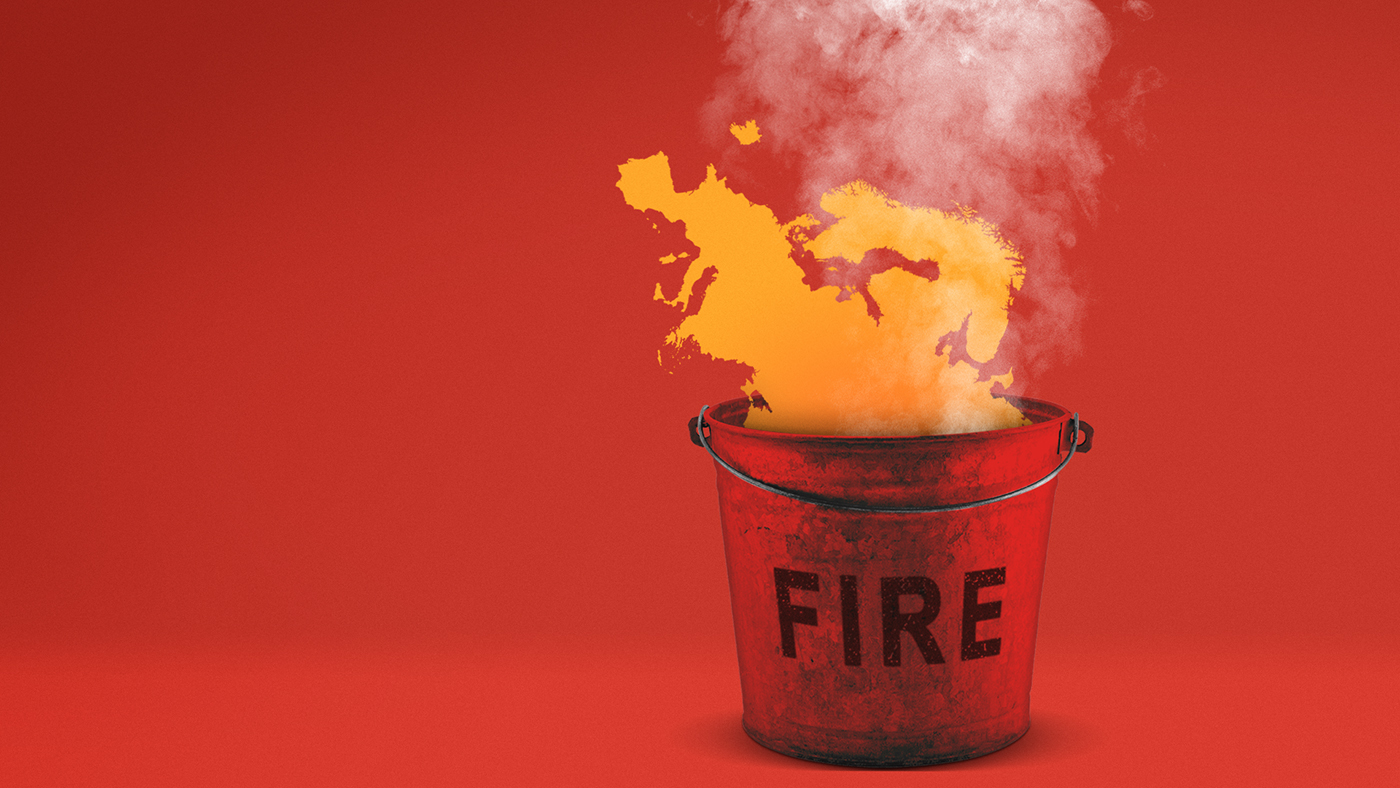 Why is Europe sweltering while the UK is a washout?
Why is Europe sweltering while the UK is a washout?Today's Big Question Blocked weather pattern caused by a stuck jet stream is stopping baking temperatures reaching Britain
-
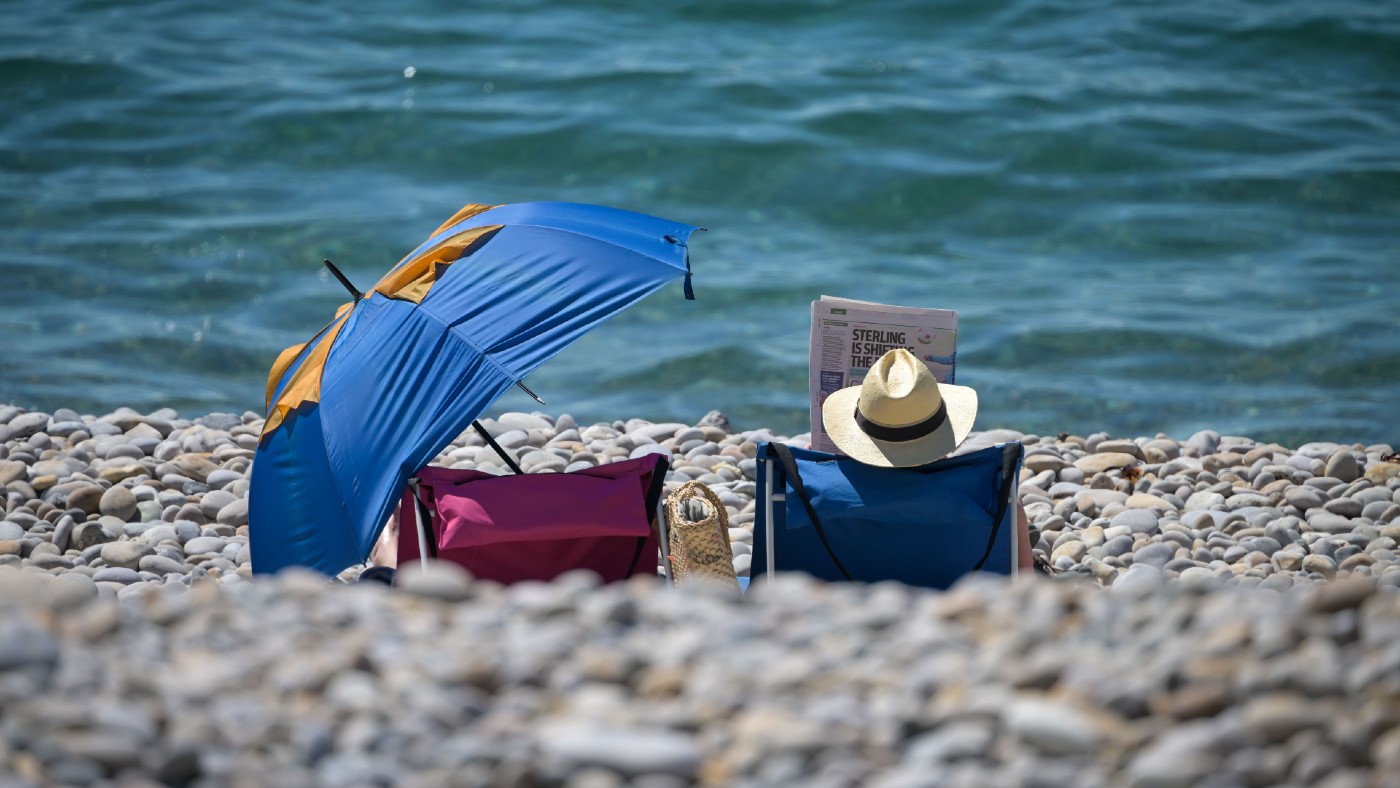 How to cool down in a heat wave – what the science says
How to cool down in a heat wave – what the science saysfeature As UK temperatures soar, here are some research-backed tips for staying safe
-
 Neanderthal gene ‘caused up to a million Covid deaths’
Neanderthal gene ‘caused up to a million Covid deaths’Speed Read Genetic tweak found in one in six Britons means cells in the lungs are slower to launch defences
-
 Legalising assisted dying: a complex, fraught and ‘necessary’ debate
Legalising assisted dying: a complex, fraught and ‘necessary’ debateSpeed Read The Assisted Dying Bill – which would allow doctors to assist in the deaths of terminally ill patients – has relevance for ‘millions’
-
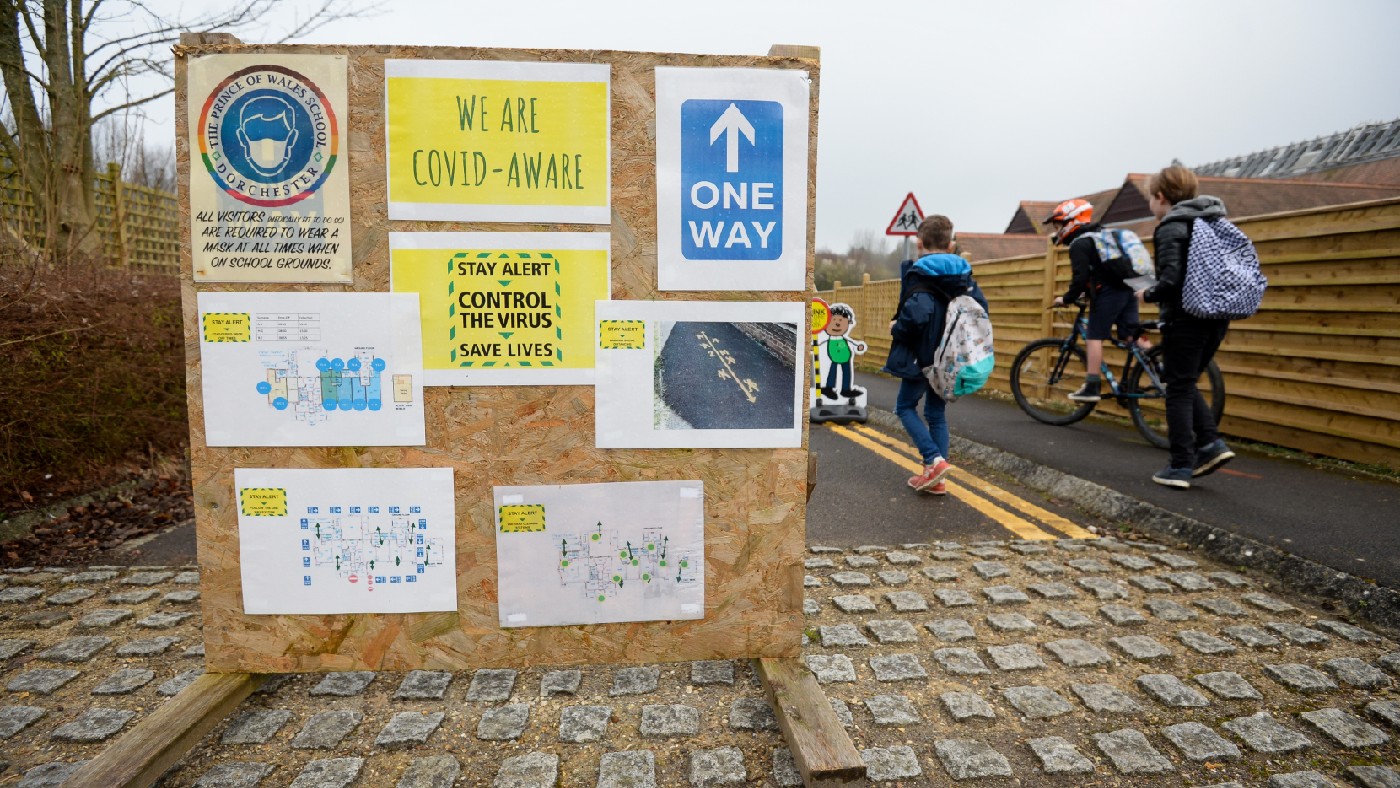 Vaccinating children: it’s decision time for the health secretary as kids return to school
Vaccinating children: it’s decision time for the health secretary as kids return to schoolSpeed Read Sajid Javid readying NHS England to roll out jab for children over 12, amid fears infections will rocket
-
 ‘Vaccination blunts, but does not defeat’: exploring Israel’s fourth Covid wave
‘Vaccination blunts, but does not defeat’: exploring Israel’s fourth Covid waveSpeed Read Two months ago, face masks were consigned to bins. Now the country is in a ‘unique moment of epidemiological doubt’
-
 Thousands told to self-isolate in Covid app pinging error, claims Whitehall whistleblower
Thousands told to self-isolate in Covid app pinging error, claims Whitehall whistleblowerSpeed Read Source says Matt Hancock was privately told of the issue shortly before he resigned as health secretary
-
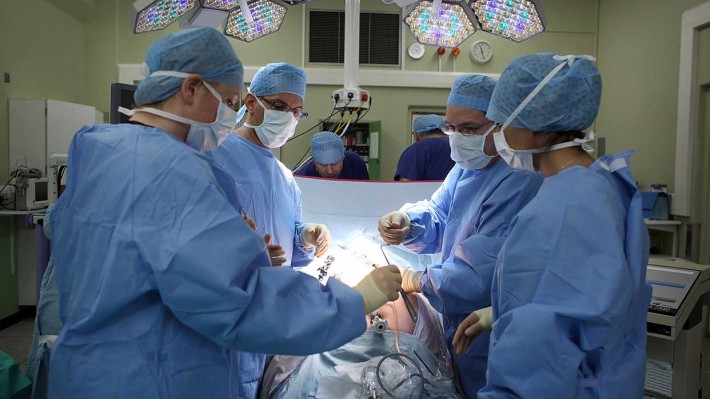 Record 5.45m people on NHS England waiting lists
Record 5.45m people on NHS England waiting listsSpeed Read Health chief warns that crisis is nearing ‘boiling point’ as backlog grows